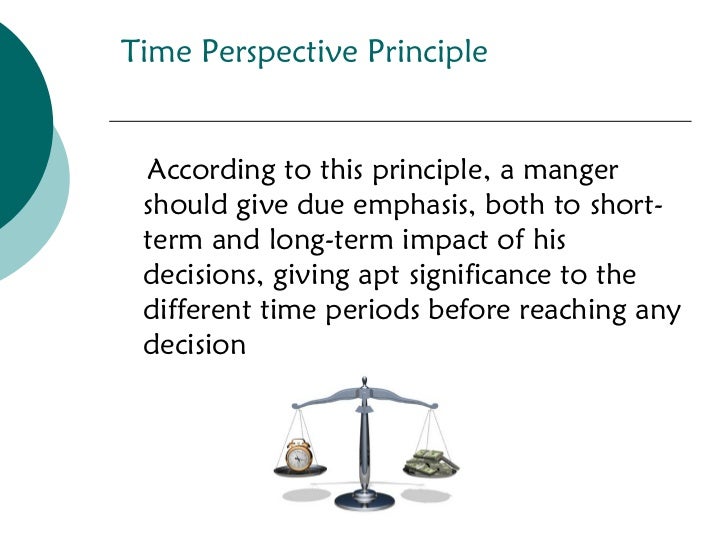by Richard Pimentel
Arguably one of the most talked about news items since President Barack Obama’s inauguration has been the economic stimulus package. This stimulus package, officially titled the American Recovery and Reinvestment Act of 2009 (ARRA), was signed into law by the President on February 17. This package is built on proposals by the President and Congress with the expressed purpose of stimulating the US economy which has been in a recession for the last 3-4 months. The downturn of the economy has been caused by the collapse of the housing market–ostensibly precipitated by the subprime mortgage crisis–and the subsequent credit crisis. This has provoked a sharp decrease in consumer spending and investment and a sharp increase in unemployment. This stimulus plan will inject $819 billion into the economy through a combination of tax cuts, consumer incentives (e.g. tax credits for automobile purchases) and government spending in areas such as infrastructure projects, extended unemployment benefits, aid to laid-off workers, job training, aid to state governments, Medicaid expansion, etc. There are a few purposes for the ARRA: create jobs, provide aid for struggling states, increase consumer spending, and kick-start the economy. This is a major endeavor that the President called, "the most sweeping economic recovery package in our history."
The ARRA is reflective of a particular economic philosophy of the President and his fellow Democrats – Keynesian economics. This series of economic theories was advanced by the British economist, John Maynard Keynes, in the 1930’s. Keynes advanced his ideas in his most recognized work, The General Theory of Employment, Interest, and Money. This book was published in 1936, in the midst of the Great Depression and a failing British economy, and became the authority for modern macroeconomics. Keynes argued that his economic theories would pull the British economy out of the depression. Up until the early 1930’s, classical economic was that markets should not be interfered with by the government and thus will be able to correct themselves through the natural process of supply and demand. The private sector is the best remedy for the economy. However, this is in stark contrast to Keynesian economics which argues that active government intervention is the most auspicous way out. This intervention is in the form of monetary policies enacted by central banks (i.e. reduce interest rates) and aggressive government spending in infrastructure projects. The emphasis was placed on the public sector rather than the private sector. Keynes argued that these steps will stimulate the economy by creating jobs and increasing consumer spending. Moreover, he contended that the government must keep the unemployment rate low by employing deficit spending. One can see these same traits in President Obama’s ARRA stimulus package.
Despite (or perhaps because of) its Keynesian traits, will the ARRA successfully deliver the US economy from this recession? Pundits, experts, and scholars have offered many opinions but there is one philosophical issue that plays a significant role in the success or failure of this economic recovery package – perception. Perception shows how epistemology can shape an economy. The most common usage of the term is epistemological and means having awareness of an object of thought through use of the senses. Webster’s Unabridged Dictionary states that perception is apprehension by the mind of what is presented to it. Perception plays just as important a role as other economic issues like interest rates, employment figures, inflation, government spending, tax cuts, and the like. The perception that consumers, investors, entrepreneurs, government officials, and the media possess about the economy can have a tremendous influence upon a national economy. The knowledge that is gained regarding an economy directly affects how people will act and their aggregate actions will determine what economic instruments and commodities will have value. Clearly this will shape the economy.
For instance, in 1971, the US dollar was taken off the gold standard. In other words, the US government no longer backs their currency with gold. So what provides value to the US dollar? Milton Friedman, the famous economist, stated that “the pieces of green paper have value because everybody thinks they have value.” The perceptions that people have about the worth of the US dollar coupled with a financial system that nurtures the US dollar is what grants value to it.(Of course, this is true of gold as well and the arguments for why gold is a better basis for that perception is complex and beyond the scope of this article. See Friedman’s book, Money Mischief, for a scholarly look at this issue or Thomas E. Woods recent book, Meltdown, for a more popular treatment.) Another example of the role perception plays in economics is when corporations report a sharp decline in profits. When this occurs, the value of their shares drop considerably because shareholders no longer possess confidence in the value of the corporation.
Regarding the ARRA stimulus package, perception will be instrumental in its success or failure. The Commerce Department reported that retail sales fell in the month of March 2009 by 1.1 percent. This decrease was larger than expected. One of the reasons for this decline is that consumers spend less because they perceive that the national economy is too weak to instill confidence to spend money. It is plausible to believe that consumers prefer to hold on to the money to endure this difficult time and this assessment has been made because of the perception that consumers possess about our current economic condition and its subsequent uncertainty for the future. Moreover, if consumers perceive that their taxes will increase considerably in the next 5-10 years to compensate for the deficit spending that has occurred in the last 12 months, it is reasonable to believe that consumers will continue to curb their spending or move their investments to a commodity that is less volitile and has more chance of gaining value over time rather.
These examples are not arguments for or against the ARRA stimulus package. The purpose of these illustrations is to point out the influence that philosophy has in economics particularly regarding perception. Perception must be taken into account when discussing the ARRA package and the economy in general. For this reason, the current administration in the White House has carefully and intentionally presented the state of the economy in a way that will affect the perception of the people. This is not an accusation that the administration misrepresents the state of affairs. Rather it is an argument that this administration, just like every other administration, realizes that perception is important in shaping the economy. In the first month of his tenure, President Obama was quite adamant about the US economic downturn and he continually emphasized the pessimistic state of our economy. It is sensible to posit that this was done to produce a realistic acknowledgement of the recession which subsequently provoked the government and the people of this country to take part in the economic recovery of the USA. Conversely, the tone of the President has been more optimistic recently because his economic policies have been enacted. Will the President’s economic policies benefit this country? The answer to that question involves another important economic variable: time.








/Mary-Wollstonecraft-x-162279570-56aa24f45f9b58b7d000fc2b.jpg)
